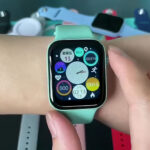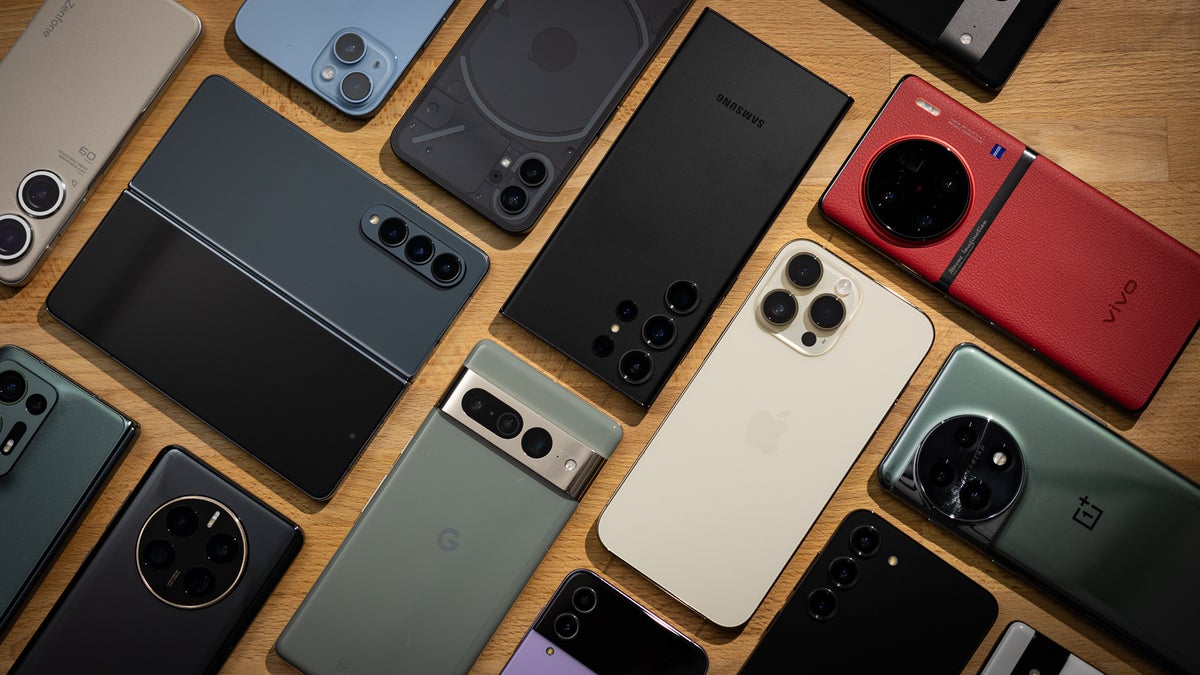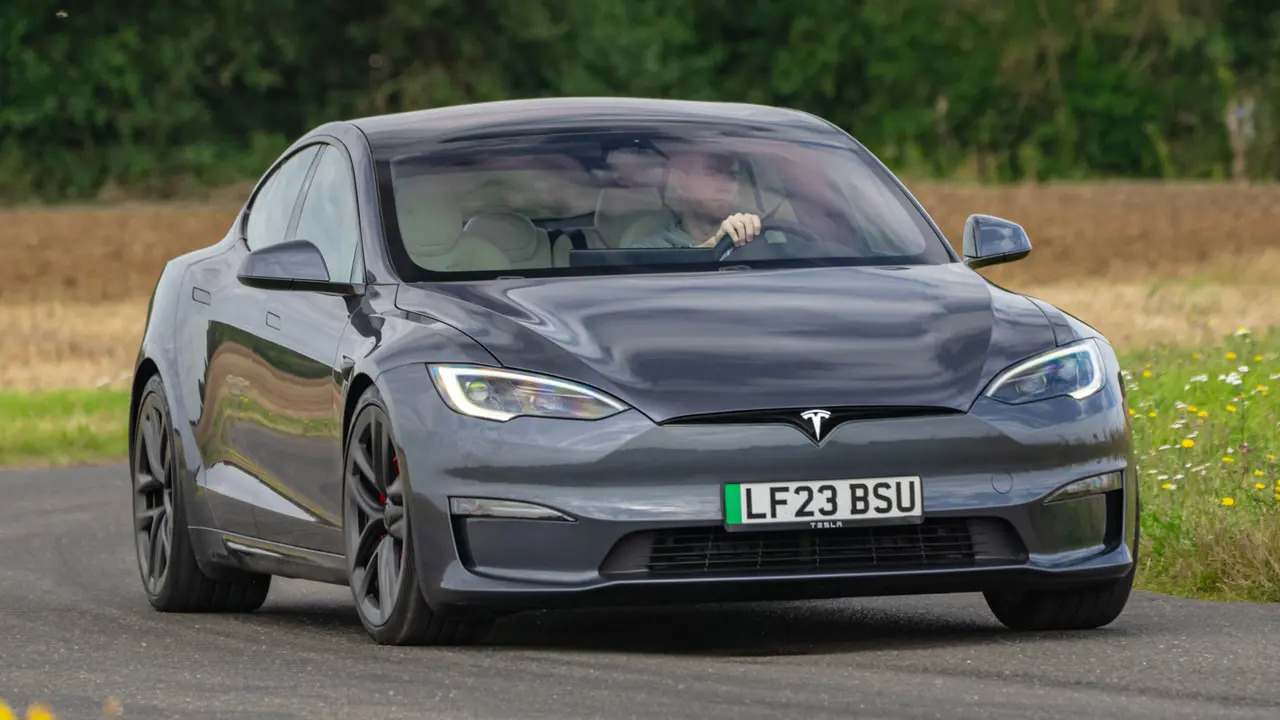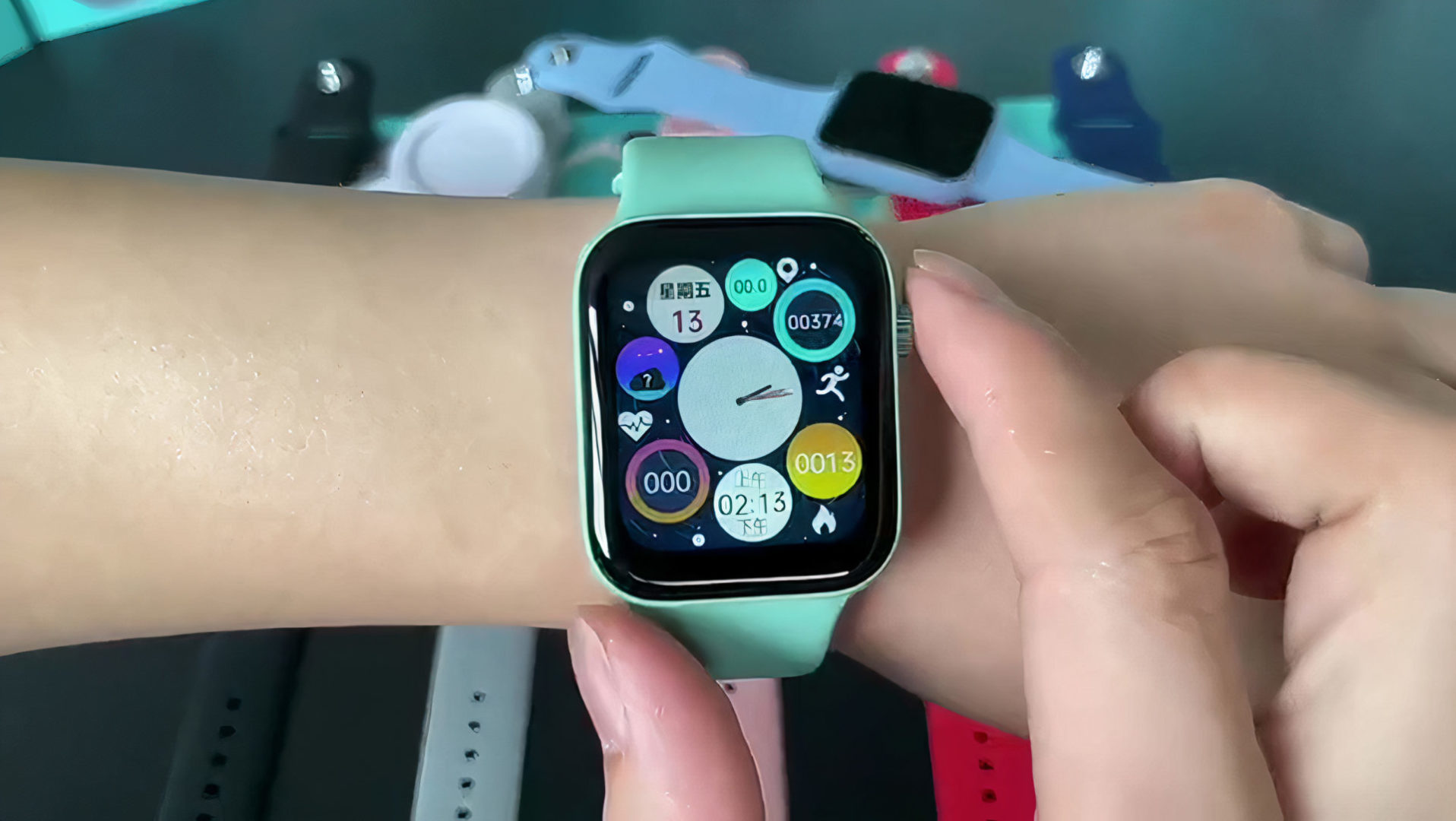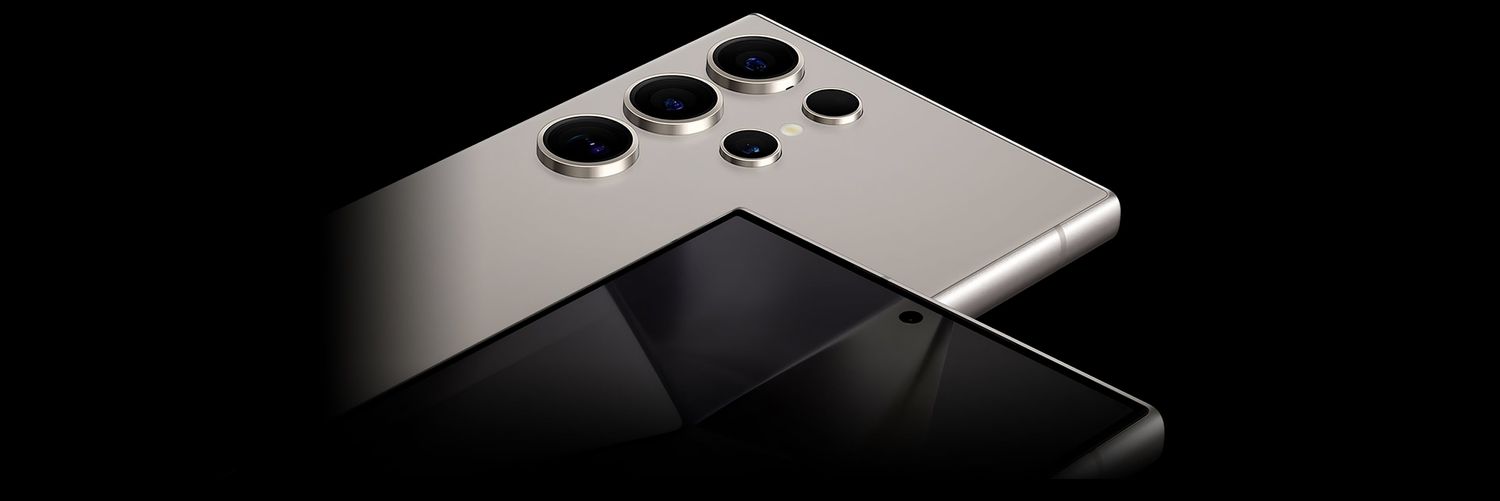Introduction
This paper examines the role of one of the most prominent inventions in the modern world – the mobile phone, or a device that facilitates communication. Transitional change seems to have best characterized this gadget starting from the large and costly models that dominated the 1980s. In this article the history of mobile phones is described, as well as the developments in technology along the features of which the considerable influence on present day communication is discussed.
The History of mobile phone
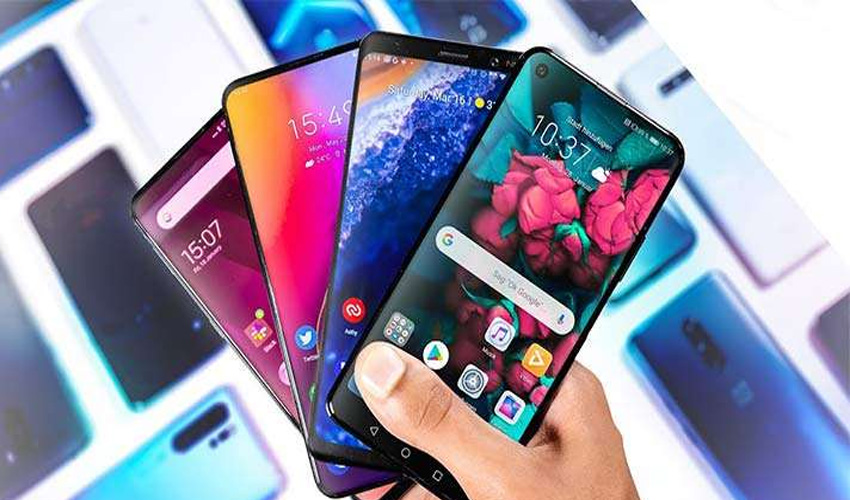
history of mobile communication is from early 1900 though the first useful mobile phone was formed at 1970. The credit of the first successful mobile phone call goes to America and that was made by Dr. Martin Cooper a researcher in Motorola on the 3rd April, 1973. Manufactured in Japan for an American telecommunications company, the first ever developed prototype, dubbed as DynaTAC 8000X, sharply weighed around 2. 5 pounds, a talk time of 30 minutes and a stand by time of 10 hours of charging. It was the start of the run of the mobile phone age that would span several years and even decades to come.
Technological Advancements
1:Miniaturization and Design
One of the most observed change that has been experienced in the communication technology particularly via the mobile phones is the sizes of the many parts of the phone have been minimized. The earliest mobile phones were huge, heavy and expensive and because of advancement and development of micro electronics technology, the producers are in a position to produce slim, light, and fairly cheaper sets.One major advancement was in the 1980s when the microprocessor was incorporated in phones to come up with a smaller but more powerful phone.
2:Network Evolution
Mobile networks have also contributed to the development of mobile phones through the difference evolution that has occurred. The first generation 1G networks in 1980s were analog in nature and possessed planning capacity. The first analog mobile calls were made in the 1980s, while the move to second-generation (2G) digital networks in the 1990s provided bette The next two generations, which are the 3G and 4G generations, came with high-velocity data transfer which can facilitate use of the internet, video calls, and Multimedia Messaging Services. The gradual progression of 5G networks unprecedented connection speed and lower delay indicating the future possibilities.
3:Smartphone Revolution

The landmark moment that started the concept of Smartphones was in the year 2007 when Apple Inc. launched iPhone. Apple iPhone offered all these features in one design of mobile phone which replaced other mp3 players, communicators, and even internet communication appliances. Success of the iPhone triggered the other manufactures to also come up with smart phones hence boosting innovation in the market. Modern day mobile phones are complex electronic tools, possessing cameras that produce high quality images, and sensors, and are endowed with a variety of applications.
Impact on Society
1:Communication and Connectivity
mobile phones have revolutionalised communication. They have enabled people to keep in touch with their loved ones irrespective of the location of the other person. This favored and is commonly seen with younger people as calls and emails have now been replaced by texts, social media and chatting apps. Computing and electronic media has created quick access to information and rapid communication which has reshaped not only the business world but the individual’s life in general.
2:Economic Impact
In the following year, the sale of mobile phones impacted the economical growth of various countries through employment creation and innovation. Mobility devices such as mobile phones created mean and productive opportunities for millions of people around the globe through production, distribution, use and sale. Thus, the opportunities of GSM-telephony have created new business-models and services, mobile banking, commerce and taxi-hailing. Third-party applications and services such as mobile money have extended financial solutions to the developing countries’ consumers who are not banked and contributed to economic development.
3:Social and Cultural Changes
They also have social cultural change such as changes in communication through the use of mobile phones. They have impacted greetings and relationship especially with the introduction of social media and dating sites. These include the provision of information through use of mobile phones that avails information to people regarding any eventuality all over the word. Nonetheless, the advancement has been the mobile phone, but it comes with the privacy issue, mental health, and digital inequality.
4:Effects on Education & Health Care
Paradigm shifting from the traditional face-to-face contact classes, mobile phones have paved way to many possibilities in the deliverance of education, knowledge and information. Through use of applications on devices, online classes and digital text, learning has become easier and very convenient. In the general aspect of medicine, personal facile communication devices such as the mobile phones have enhanced patient care and treatment. Such innovation has been a great asset mainly to the rural and the isolated regions where physical medical facilities can be scarce.
5:Environmental Considerations
This has been occasioned by increased rates of change of mobile phones observed in the market. The end up of used mobile phones and the production of new ones cause the formation of electronic waste or e-waste, which is lethal to the environment and man. As mentioned before, the produced mobile phones contain toxic materials such as lead and mercury; thus they can pollute the environment in the case of disposal without proper precautions. Some measures taken to address these effects include; recycling campaigns, innovations in the production of environmentally friendly materials, and campaigns for extended product use.
Mobile phones or simply mobiles as they are commonly referred to are also known by another name, the future of mobiles The subject to be covered in this paper is the future of the popular communication gadget.
It is quite apparent that the future mobile phones are expected to evolve in relation to several burgeoning tendencies and innovations.
1: It examines both Artificial Intelligence (AI) and a subfield which is Linked Learning.
Mobile phones are expected to adopt Artificial Intelligence and Machine Learning in the future developments of the technology. If we talk about smart butler services such as Siri and Google Assistant to the more technical aspect such as improving the camera performance in a Smartphone among others, Mobile phones are improving through AI. Future enhancement may comprise advanced AI based digital aides, better security mechanisms, and better forecast and analysis.
2: Virtual Reality as well as the Augmented Reality
It reveals that AR and VR technologies have become one of the most promising fields closely related to Mobile phone applications. AR can superimpose the information from a digital world via computers onto the real world and this offer new possibilities how to engage with information and physical spaces. Hence, VR can offer effective experiences in the fields of gaming, leisure time activities and even learning. With time, these technologies are estimated to become a core part of the mobile phone applications allowing users to enjoy entertaining experiences.
Conclusion
Today’s mobile phones have significantly changed from their traditional large and expensive models which existed in the past to the standards tools which people need and can not exist without. The concern of mobile phones is evidently felt in the society, affecting the interaction, customs, learning processes, medical and economic systems.


